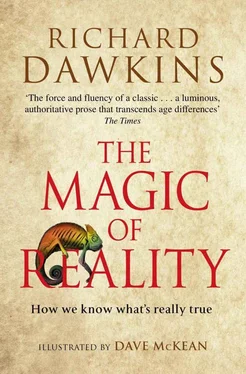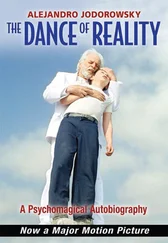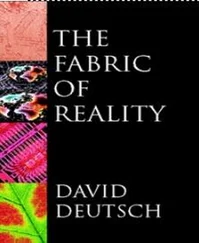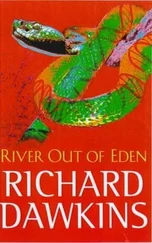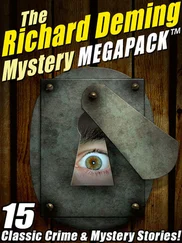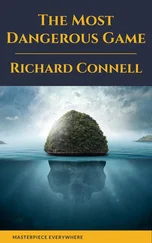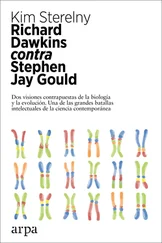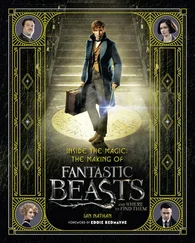They have lots of strange features that equip them for life in the sea and this makes them really rather different from the land iguanas of Galapagos and everywhere else in the world. They have certainly evolved from land iguanas, but they are not especially close cousins of today’s land iguanas of Galapagos, so it is possible that they evolved from an earlier, now extinct genus, which colonized the islands from the mainland long before the present Conolophus . There are different races of marine iguanas, but not different species, on the different islands. One day these different island races will probably be found to have drifted apart far enough to be called different species of the marine iguana genus.
It’s a similar story for giant tortoises, for lava lizards, for the strange flightless cormorants, for mockingbirds, for finches, and for many other animals and plants of Galapagos. And the same kind of thing happens all over the world. Galapagos is just a particularly clear example. Islands (including lakes, oases and mountains) manufacture new species. A river can do the same thing. If it is difficult for an animal to cross a river, the genes in populations on either side of the river can drift apart, just as one language can drift to become two dialects, which can later drift to become two languages. Mountain ranges can play the same role of separation. So can just plain distance . Mice in Spain may be connected by a chain of interbreeding mice all across the Asian continent to China. But it takes so long for a gene to travel from mouse to mouse across that vast distance that they might as well be on separate islands. And mouse evolution in Spain and China might drift in different directions.
The three species of Galapagos land iguana have had only a few thousand years to drift apart in their evolution. After enough hundreds of millions of years have passed, the descendants of a single ancestral species can be as different as, say, a cockroach is from a crocodile. In fact it is literally true that once upon a time there was a great-great-great- (lots of greats) grandparent of cockroaches (and lots of other animals including snails and crabs) which was also the grand ancestor (let’s use the word ‘grancestor’) of crocodiles (not to mention all the other vertebrates). But you’d have to go back a very very long way, maybe more than a billion years, before you found a grancestor as grand and ancient as that. That is much too long ago for us even to begin to guess what the original barrier was that separated them in the first place. Whatever it was, it must have been in the sea, because in those far-off days no animals lived on land. Maybe the grancestor species could only live on coral reefs, and two populations found themselves on a pair of coral reefs separated by inhospitable deep water.
As we saw in the previous chapter, you’d only have to go back six million years to find the most recent shared grancestor of all humans and chimpanzees. That’s recent enough for us to guess at a possible geographical barrier that might have occasioned the original split. It’s been suggested that it was the Great Rift Valley in Africa, with humans evolving on the east side and chimpanzees on the west. Later, the chimp ancestral line split into common chimpanzees and pygmy chimpanzees or bonobos: it’s been suggested that the barrier in that case was the Congo river. As we saw in the previous chapter, the shared grancestor of all surviving mammals lived about 185 million years ago. Since then, its descendants have branched and branched and branched again, producing all the thousands of species of mammals we see today, including 231 species of carnivores (dogs, cats, weasels, bears etc.), 2,000 species of rodents, 88 species of whales and dolphins, 196 species of cloven-hoofed animals (cows, antelopes, pigs, deer, sheep), 16 species in the horse family (horses, zebras, tapirs and rhinos), 87 rabbits and hares, 977 species of bats, 68 species of kangaroos, 18 species of apes (including humans), and lots and lots of species that have gone extinct along the way (including quite a few extinct humans, known only from fossils).
Stirring, selection and survival
I want to round off the chapter by telling the story again in slightly different language. I’ve already briefly mentioned gene flow ; scientists also talk of something called the gene pool , and I now want to spell out more fully what that means. Of course there can’t literally be a pool of genes. The word ‘pool’ suggests a liquid, in which genes might be stirred around. But genes are found only in the cells of living bodies. So what does it mean to talk of a gene pool?
In every generation, sexual reproduction sees to it that genes are shuffled. You were born with the shuffled genes of your father and your mother, which means the shuffled genes of your four grandparents. The same applies to every individual in the population over the long, long reach of evolutionary time: thousands of years, tens of thousands, hundreds of thousands of years. During that time, this process of sexual shuffling sees to it that the genes within the whole population are so thoroughly shuffled, indeed stirred, that it makes sense to talk of a great, swirling pool of genes: the ‘gene pool’.
You remember our definition of a species as a group of animals or plants that can breed with each other? Now you can see why this definition matters. If two animals are members of the same species in the same population, that means their genes are being stirred about in the same gene pool. If two animals are members of different species they cannot be members of the same gene pool because their DNA cannot mix in sexual reproduction, even if they live in the same country and meet each other frequently. If populations of the same species are geographically separated, their gene pools have the opportunity to drift apart – so far apart, eventually, that if they happen to meet again they can no longer breed together. Now that their gene pools have moved beyond mixing they have become different species and can go on moving further apart for millions of years to the point where they might become as different from one another as humans are from cockroaches.
Evolution means change in a gene pool. Change in a gene pool means that some genes become more numerous, others less. Genes that used to be common become rare, or disappear altogether. Genes that used to be rare become common. And the result is that the shape, or size, or colour, or behaviour of typical members of the species changes: it evolves, because of changes in the numbers of genes in the gene pool. That is what evolution is.
Why should the numbers of different genes change as the generations go by? Well, you might say it would be surprising if they didn’t, given such immensities of time. Think of the way language changes over the centuries. Words like ‘thee’ and ‘thou’, ‘zounds’ and ‘avast’, phrases like ‘stap me vitals’, have now more or less dropped out of English. On the other hand, the phrase ‘I was like’ (meaning ‘I said’), which would have been incomprehensible as recently as 20 years ago, is now commonplace. So is ‘cool’ as a term of approval.
So far in this chapter, I haven’t needed to go much further than the idea that gene pools in separate populations can drift apart, like languages. But actually, in the case of species, there is much more to it than drifting. This ‘much more’ is natural selection, the supremely important process that was Charles Darwin’s greatest discovery. Even without natural selection, we’d expect gene pools that happen to be separated to drift apart. But they’d drift in a rather aimless fashion. Natural selection nudges evolution in a purposeful direction: namely, the direction of survival. The genes that survive in a gene pool are the genes that are good at surviving. And what makes a gene good at surviving? It helps other genes to build bodies that are good at surviving and reproducing: bodies that survive long enough to pass on the genes that helped them to survive.
Читать дальше
